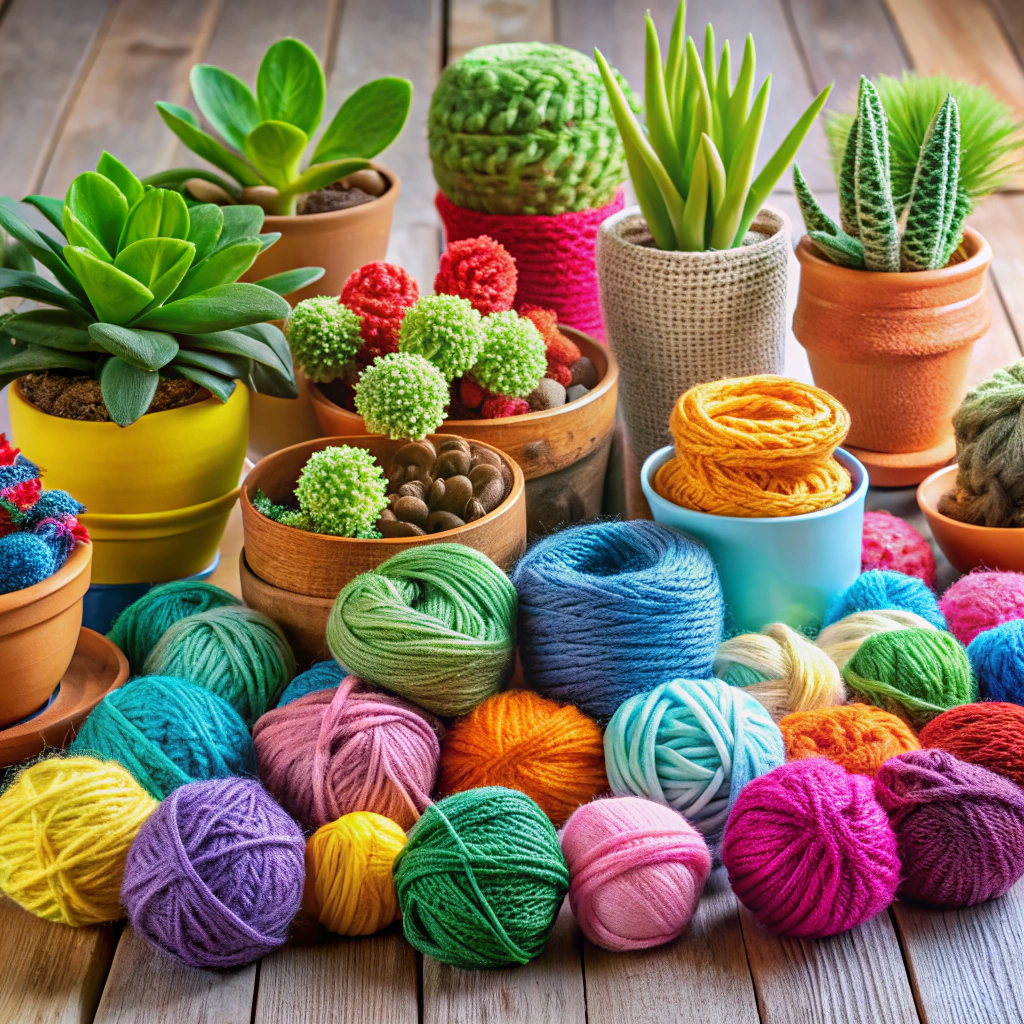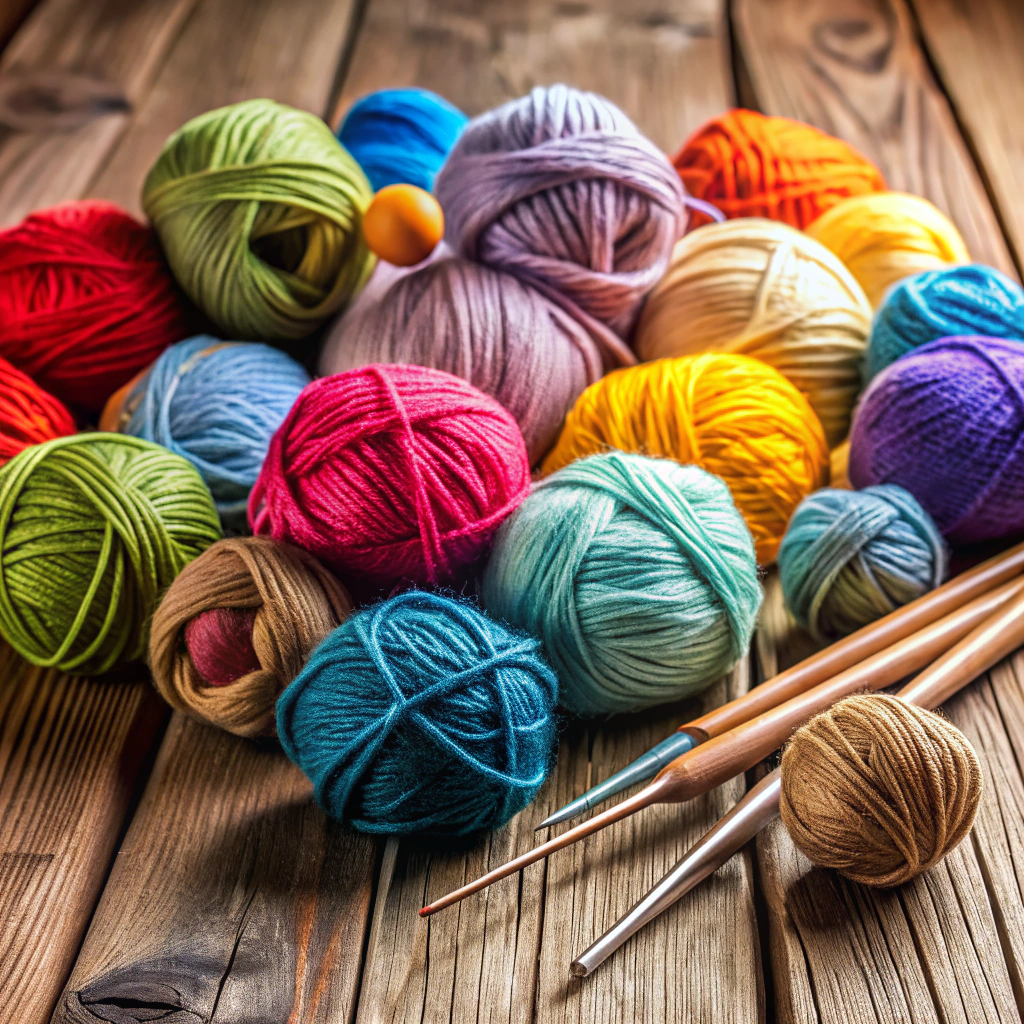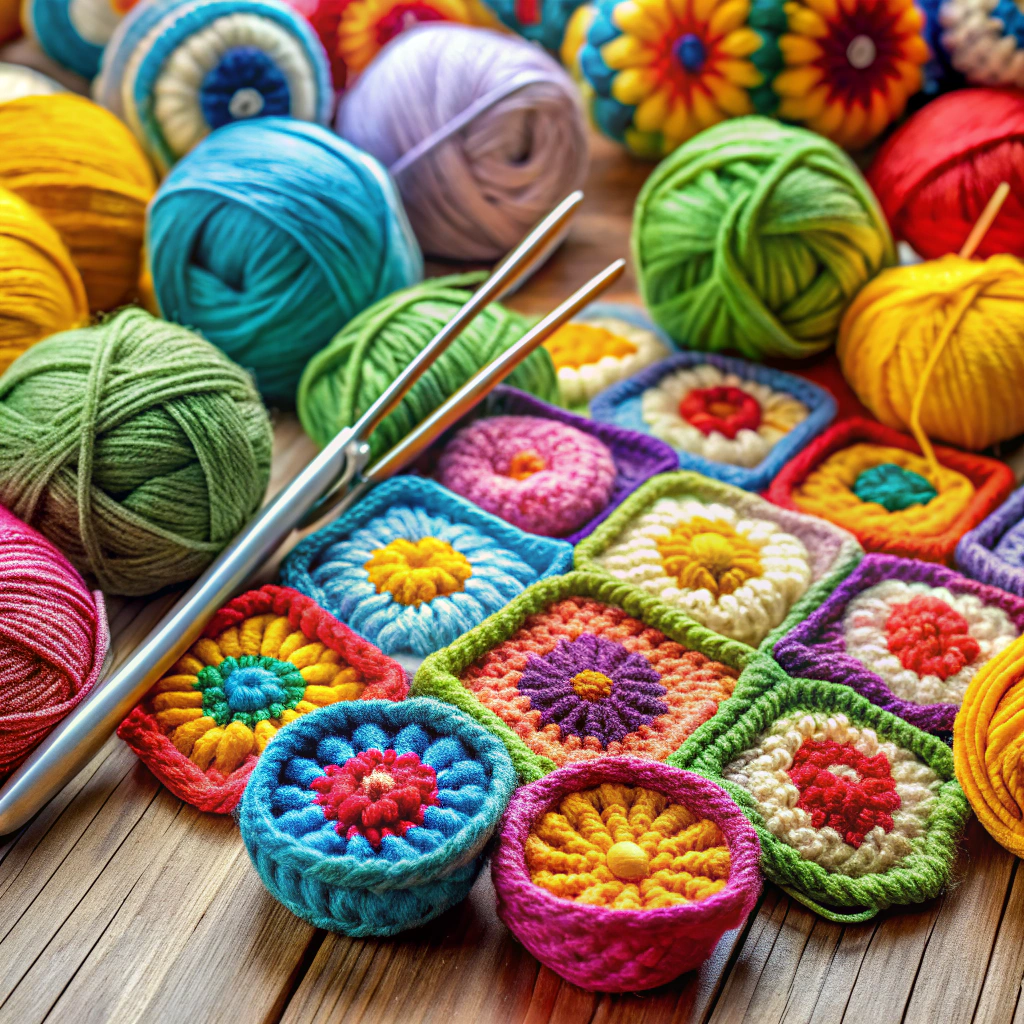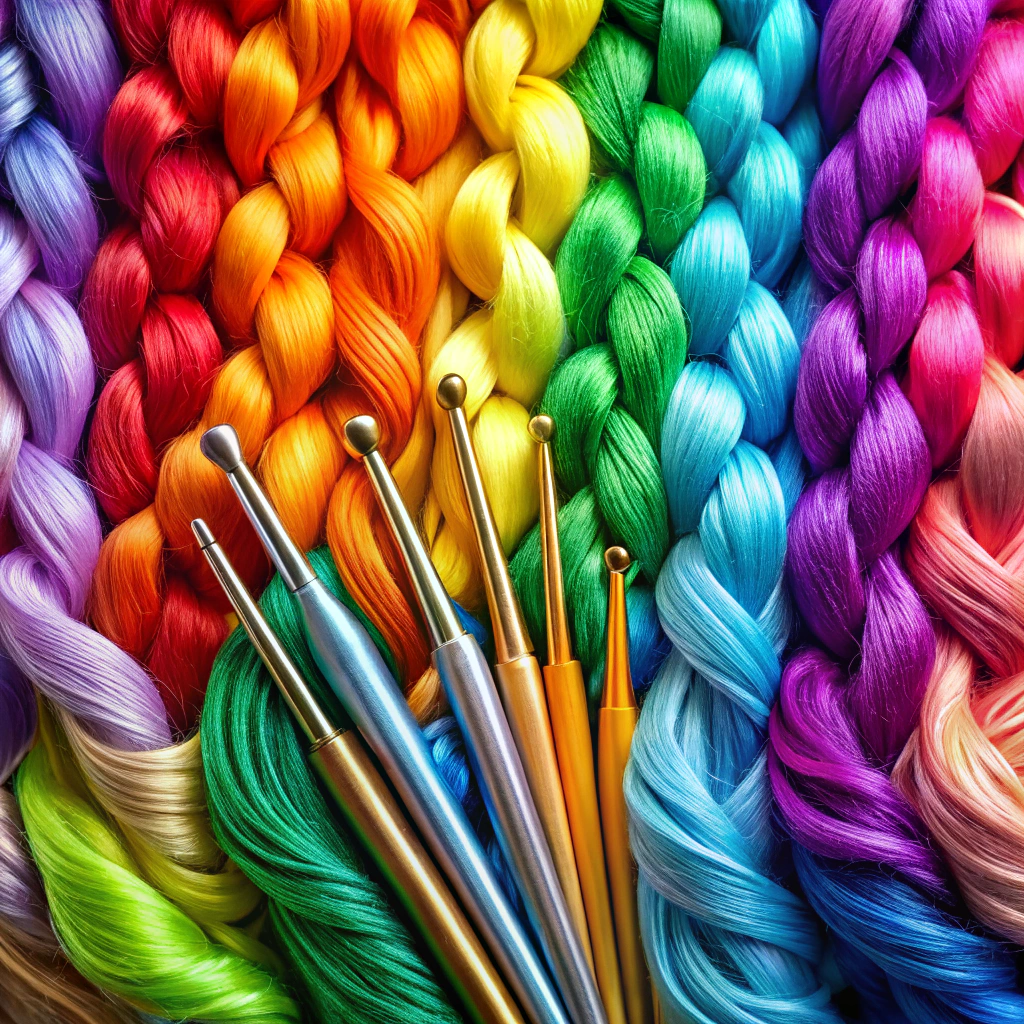Learn how to master the crochet decrease stitch to shape your next project effectively.
Key takeaways:
- Single crochet decrease shapes crochet projects effectively.
- Regular single crochet decrease combines two stitches into one.
- Invisible single crochet decrease minimizes gaps for a clean look.
- Decrease strategically for three-dimensional and contoured projects.
- Tips for smoother decreases: smaller hook, even tension, practice.
What Is a Single Crochet Decrease?
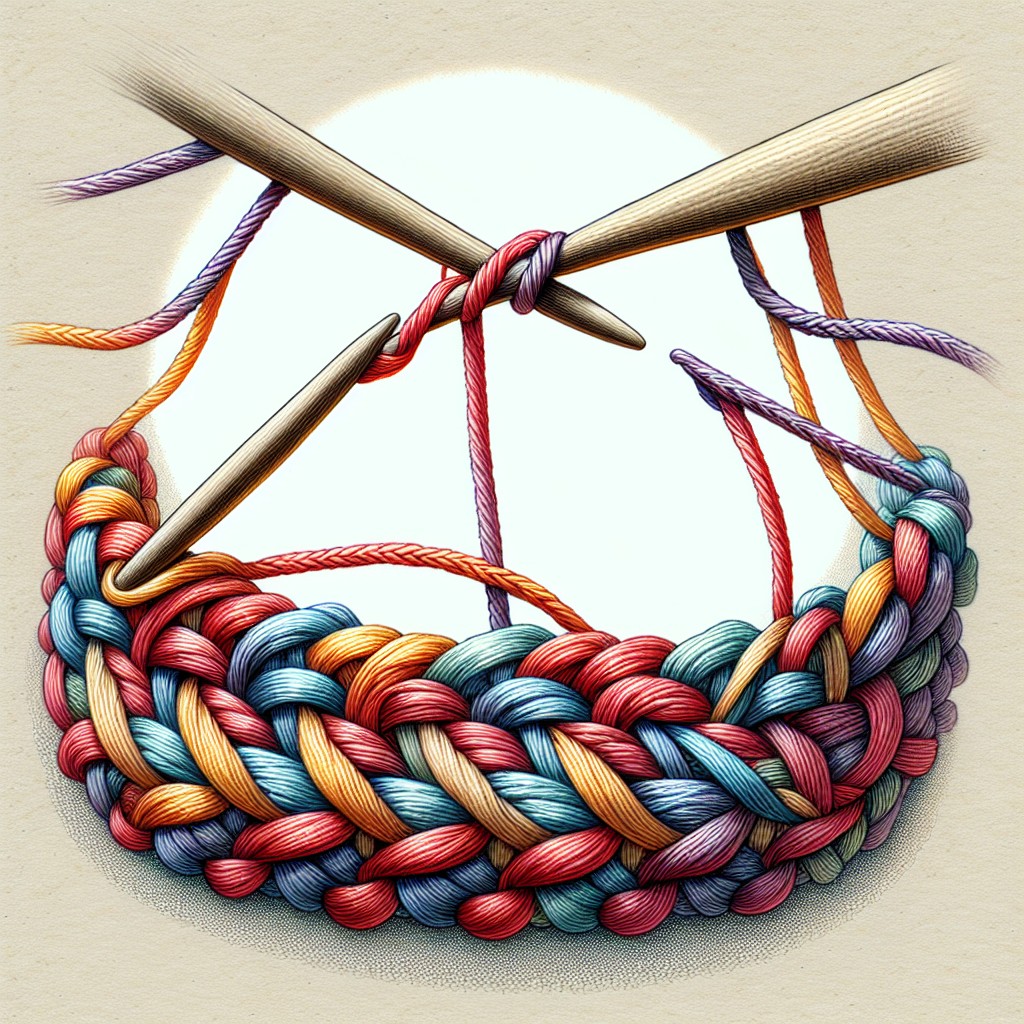
A single crochet decrease is a basic technique used to reduce the number of stitches in a crochet project. This method is particularly useful for shaping items like hats, gloves, or amigurumi figures. It combines two stitches into one, effectively decreasing the total stitch count in your row or round.
When you perform a single crochet decrease, you typically enter the hook into the next stitch, yarn over, and pull through, then repeat this in the next stitch. You will have three loops on your hook. Yarn over again and pull through all three loops. This forms one complete stitch out of two, streamlining and shaping your fabric effectively.
Using decreases strategically allows you to create more than flat pieces; it enables the crafting of three-dimensional and contoured projects. Whether you’re aiming to taper off the crown of a crocheted hat or sculpt the curves of a stuffed animal, mastering the single crochet decrease opens up a world of possibilities in your crafting adventures.
How to Do a Regular Single Crochet Decrease (step-by-step With Photos)
Begin by inserting your hook into the next stitch. Yarn over and pull through, leaving two loops on your hook.
Next, insert your hook into the following stitch. Yarn over again and pull through. You should now have three loops on your hook.
Yarn over one last time and pull through all three loops on your hook. Congratulations, you’ve completed a regular single crochet decrease!
This method effectively combines two stitches into one, reducing the total number of stitches and helping shape your crochet project. Perfect for creating anything from hats to stuffed animals, understanding this basic decrease can significantly broaden your crocheting skills.
How to Do an Invisible Single Crochet Decrease (step-by-step With Photos)
The invisible decrease is often used in amigurumi projects because it minimizes gaps in the fabric, giving your work a cleaner, more professional look. Here’s a straightforward guide on executing this technique:
- Insert your hook into the front loop only of the next stitch. Rather than yarning over, go directly into the front loop of the following stitch. Now you have three loops on your hook.
- Yarn over and draw through the first two loops on your hook. You should see two loops remaining.
- Complete the stitch by yarning over once more and pulling through the remaining two loops. Congratulations, you’ve just made an invisible decrease!
This method reduces the bulk that typical decreases can create, resulting in a smoother, neater fabric. It’s particularly useful in pieces where visible decreases might detract from the overall aesthetic. Keep practicing, and soon it will become a natural part of your crochet repertoire!
Single Crochet Decrease in Patterns
When incorporating single crochet decreases into your projects, consider the desired shape and fit of the finished item. Whether it’s a hat tapering at the crown or a sweater with a snug waistline, decreases help refine these elements.
Plan the placement of your decreases carefully. They can dramatically affect the balance and symmetry of garment panels or decorative parts. Make sure the decreases are evenly distributed to maintain the design’s integrity.
Reference the pattern’s decrease instructions closely, keeping track of each decrease row or round. Some patterns will specify the precise spots for a decrease, while freestyle projects might give you the creative leeway to decide.
Use markers. These are handy for keeping track visually of where you’ve made decreases, particularly in complex patterns or when working in the round.
Lastly, stay consistent with the type of decrease used throughout the project unless otherwise specified, as this will affect both the fabric’s texture and the overall aesthetics of your piece.
Tips for Smoother Decreases
Achieving smooth decreases in crochet can elevate the overall look of your project. Here are some practical tips:
Use a smaller hook for the decrease stitches, this helps avoid gaps that can appear more prominent than regular stitches.
Ensure even tension throughout; inconsistent yarn tension often leads to bumpy or uneven stitches.
Practice is key. Regularly practicing your decrease technique will help you gain control and confidence, leading to neater stitches.
Keep the yarn at a consistent angle. When pulling through loops during a decrease, try to keep your yarn at the same angle to maintain uniformity.
Incorporate these simple steps into your crochet routine to enhance the finish of your projects and make each piece look professionally crafted.

